The Half Dome Hike in Yosemite’s most famous and distinguished climb. Have you ever longed to know how it feels to climb it? What gear will you need? You might also wonder if you’ll need a harness for Half Dome. You might be asking, “Will you need a harness for Half Dome?”
The truth is, most climbers do not need a harness when conquering Half Dome. However, some people do, and it’s the best method to secure your safety and peace of mind while mounting and descending the wires. If you’re terrified of heights, use a harness or skip this part of the climb.
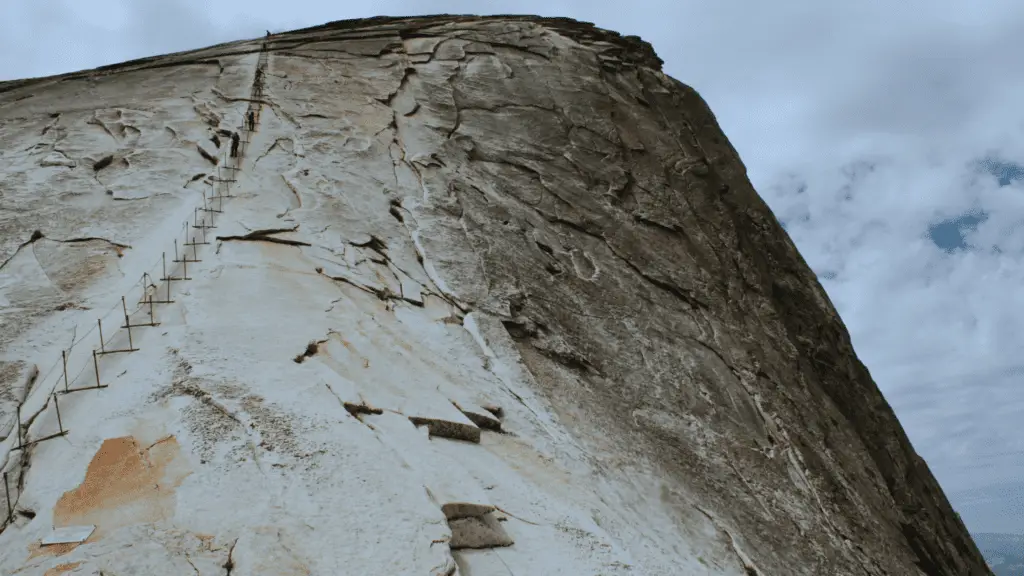
Discovering The Half Dome Hike
In all of Yosemite Valley, Half Dome is the most iconic landmark. The trek to Half Dome from Yosemite Valley is almost 17 miles long and incredibly difficult. Hikers climb 4,800 feet in elevation before reaching the cables on Half Dome’s steep granite domes, passing by vistas including Vernal Fall and Nevada Fall.
During summer, steel cables and wooden boards are installed along the dome to aid hikers to the peak. Every October, the cables are removed and replaced in late May. Here is the other information you should know:
- The difficulty is extreme
- It’ll require 10-14 hours
- Start the journey at Happy Isles via the Mist Trail
- It is almost 4,800 feet above Yosemite Valley
- Half Dome features the Cable Route
- 16.5 mile round trip on the John Muir Trail
- It has awe-inspiring views
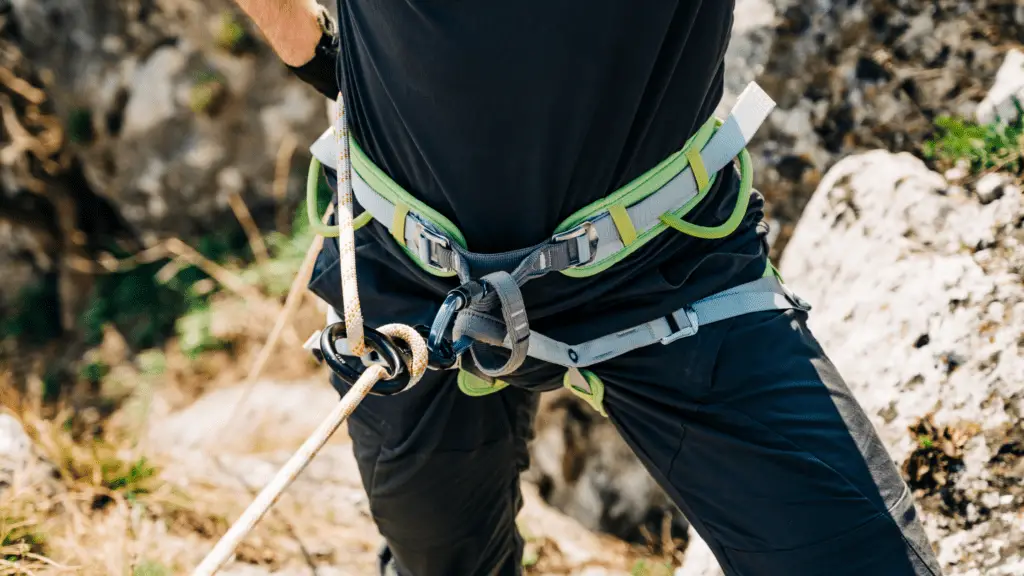
Should You Wear A Harness On Half Dome?
When you say you’re going to climb Yosemite’s Ultimate Day Hike, you’re referring to using the cables to get to the top. The question posed is controversial, and there has been a lot of discussion about it.
A Yosemite park ranger will inform you that the cables and poles were not designed to hold the weight of a fall. It means that even if you wear a harness and fall, there’s no assurance that it will help you. Also, wearing a harness may slow you down, which is not a good thing.
However, park rangers have no authority to prevent you from using a harness on the cables. But, some wouldn’t recommend wearing a harness. Using a harness would have required more connecting and unhooking between each pair of poles during the hike. It would have kept you standing on the rock for longer. This situation causes your muscles to get more tired, making it less safe.
Remember that the accidents in Half Dome happened when people disobeyed repeated warnings to turn back if the rock was wet or if it looked to be raining. Because the weather varies quickly, this is more difficult than it appears. It’s not easy to tell when the weather changes if a person keeps an eye on the skies and winds.
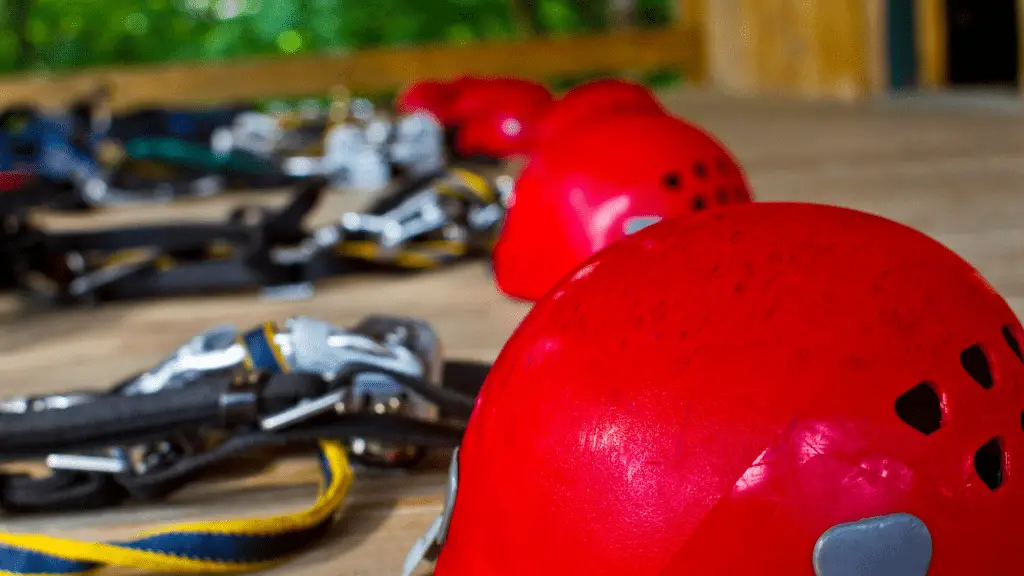
Can You Rent A Harness For Half Dome?
Climbing gear is often non-returnable, and no one will rent safety gear outside of gyms and guide services that offer it for their clients since the risk is too high. It’s either buy it or don’t buy it. The great majority of Half Dome hikers do not wear safety equipment.
Still, you can bring a harness and clip it to the cables if you want. The easiest method to keep safe while ascending and descending the wires is to do so. On top of that, being watchful, prepared, and willing to back out despite the enormous work required to get that far.
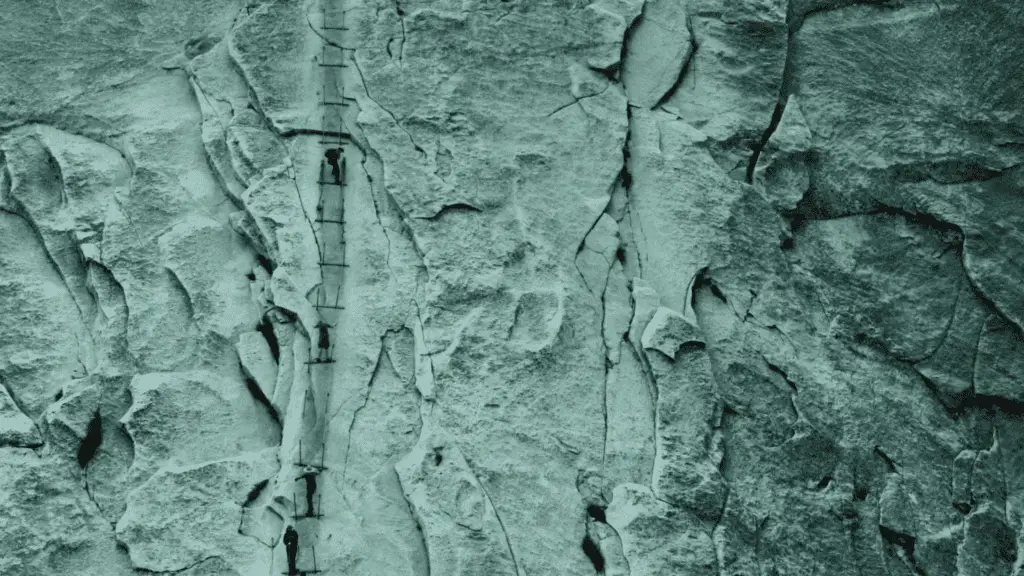
Are Cables in Half Dome Safe?
Half Dome’s climb is steep and challenging. Yosemite personnel have constructed wires to grab as you drag yourself up the last 400 vertical feet of the eastern slope. The trip would be impossible without the cables or significant mountaineering equipment.
Every ten feet or so up the hill, you’ll find poles keeping the wires up, with a 2×4 linked to each set of poles at ground level so you can relax and reflect on your mortality before attacking the next piece of cable.
Safety Tips
You’ll almost certainly perish if you slip while climbing the cable part and slide outside the cables. Use extra caution in this situation. Here’s what you need to know to drag yourself up the wires and make it to the summit safely:
1. Put On Your Most Grippy Footwear
Sneakers aren’t cut since some of the cable section is so steep and slippery that regular tennis shoes can’t grip the granite. With trail running shoes, you can do it, but you’ll still have some shaky moments.
2. Always Wear Your Gloves
Not only to avoid getting burnt by the cables but also to improve your grip. Wearing slick or worn-out gloves can allow your grip on the cables to slip anytime. Don’t wear fingerless gloves if you don’t want to see what your fingers look like without all the flesh covering them.
3. Keep An Eye Out For Your Fellow Climbers And Be Calm
Your lives are in the hands of each other. If someone above you falls, they may be able to take you down as well. So, don’t force somebody to go faster than they’re used to.
4. Prepare For Delays
Expect to have to wait to get onto the wires. You’ll usually find someone who has frozen because of fear, muscle problems, or tiredness on the cables. You’re not going to be able to rush.
Some people attempt to bypass traffic congestion by hiking outside the wires, which is extremely hazardous.
5. Before Putting Weight On The Cables, Test Them
Over time, the cable path in Half Dome is likely to be damaged and strained. Some poles may become loose and pull away from the rock if you’re not careful. It’s certainly frightening to witness, and putting your weight on a pole that pulls out of its hole may be disastrous to your balance.
6. Get Down Below Tree Level If There Are Thunderclouds
If there are thunderclouds in the area, there’s a sign that cautions you shouldn’t climb them at the foot of the wires. Lightning strikes on Half Dome have claimed the lives of several people.
Hanging onto iron wires while climbing back down the edge of that exposed slope during a rainstorm is one of the worst places to be during a thunderstorm.
7. Don’t Climb When It’s Raining
The stone at Half Dome is slippery, to begin with, and rain only adds to the problem. Even if you miss being struck by lightning, thunderstorm rain will make the granite surface of the cable path even more slick and scary than it is already.
8. Be In Shape Before Hiking
To climb Half Dome, you must be in good physical condition, and this does not only mean having steel calves. While you’re dragging yourself up the wires, your arms will perform a lot of the effort. You’ll also need your arms to climb the wires, so make sure you have the strength.
9. Bring Energy-Filled Foods
Because you’re going to burn many calories on this Half Dome hike, bring lots of food. You could die if you get cramps from dehydration or become weak from hunger while on the cables. Also, although the side effects aren’t as severe, don’t forget to apply sunscreen and chapstick.
10. Prepare Your Permit
Since 2012, climbing the cable route has required a permit regardless of the day of the week. At the foot of the sub dome, a ranger will be stationed, and no one without a permit will be able to pass.
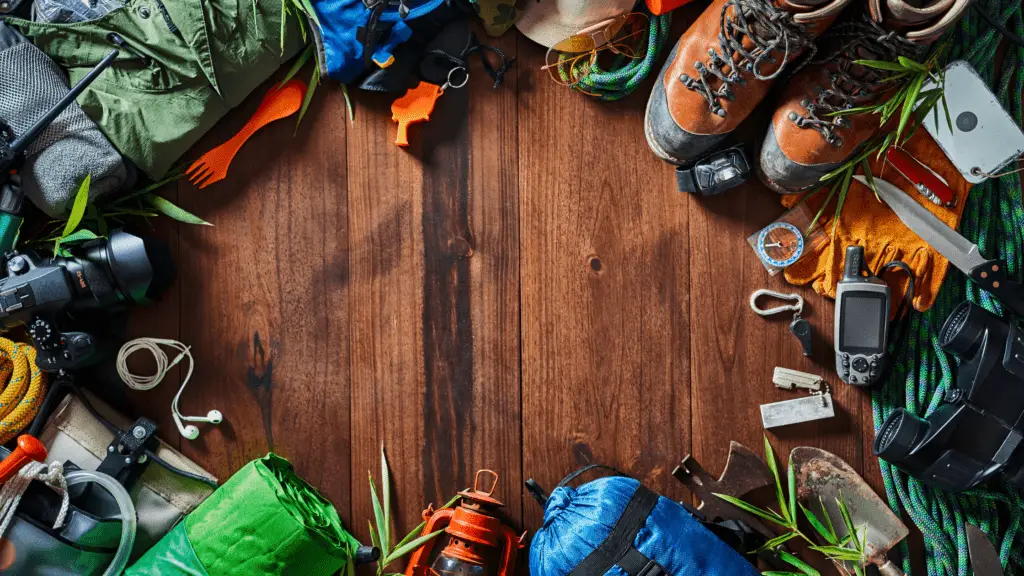
Hiking Equipment You’ll Need To Hike Half Dome
The hike to Half Dome is a true wilderness journey, so bring appropriate hiking gear. Opt for workout clothes and grippy sneakers if you don’t have any hiking gear. You should bring at the very least:
- Bring snacks such as energy bars that are easy to eat
- Bring a light shell and an extra layer in case it gets cold
- If you get trapped out after dark, bring a headlamp or flashlight
- You must bring 3-4 liters of water or refill to the Little Yosemite Valley
- Bring trekking poles if you’ve used them before and are comfortable with them
- In an emergency, bring a small shovel and toilet paper because there are no restrooms after Little Yosemite Valley
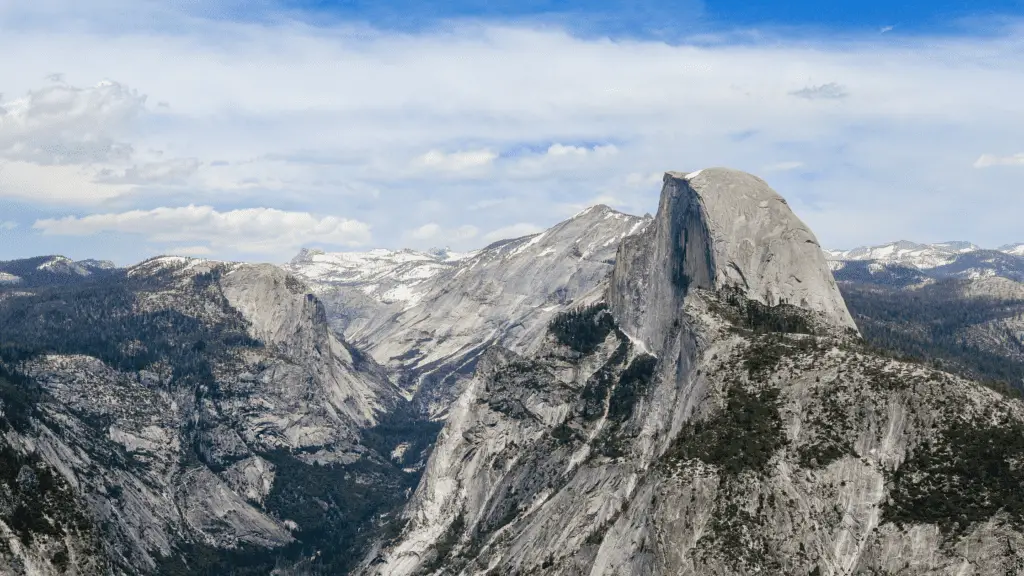
Final Thoughts
There you have it! Now you know if a harness is required and if you should use one when climbing Half Dome. In the article, you also learned if it’s possible to rent a harness, the safety of the cables, and the gears you’ll need. Indeed, Hiking Half Dome is on most hikers’ bucket lists, and it’s well worth the effort.
The breathtaking view, gazing down into Yosemite Valley, is truly remarkable; it is the greatest prize for all your efforts. But, don’t underestimate the effort required to climb Half Dome. The trip will be a difficult and full-day experience, so make sure you’re ready. Prepare carefully, bring the appropriate equipment, and know what you’re up against.


